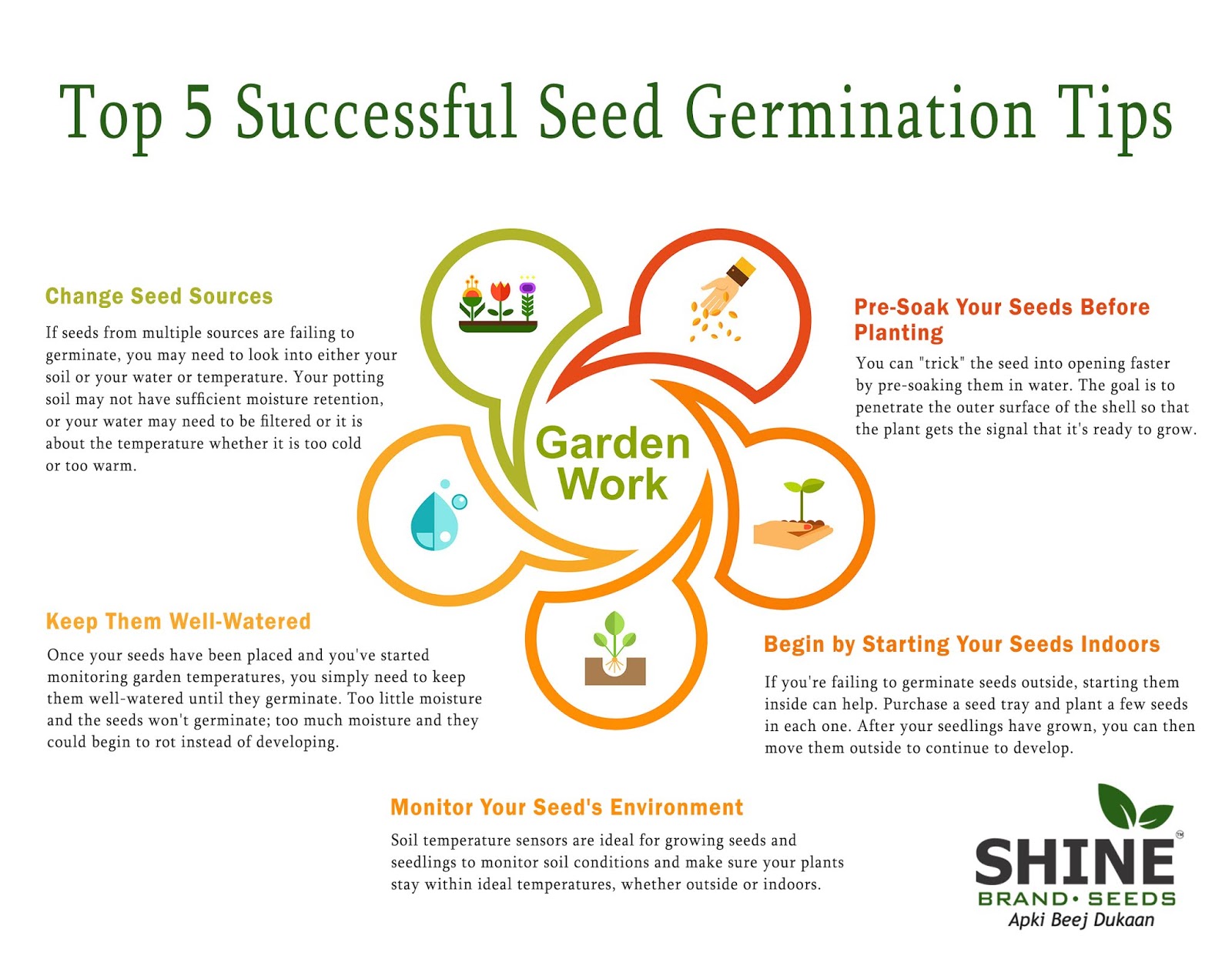India’s Biggest Challenge: Saving The Future Of Farming & Agriculture
India is an agricultural country. Agriculture is “only” approx 16 % of GDP but the biggest sector for employment. Officially farmers are only a few 100 million, but after adding family members who help or hardly farm, as also wage laborers, the number of farm workers is likely to be closer to half a billion people.
But how many people would India require farming if it were as labor effective as the US for growing crops?
Today’s agriculture policies fail to recognize how crop choices, input costs, and the supply chain are intertwined, perpetuating marginal farming.
The US is fantastic; with less than 2% of its population growing food sufficient for almost 2 billion people, but much of it they fed to animals.
The US also concentrates on many crops suitable for mechanization, but even using metrics from many East Asian countries, with about 10% of the population in agriculture - as opposed to half the workforce for India - that is hundreds of millions of people who could turn to alternative possibilities.
Existing Solutions are Outdated or Useless
Indian assistance for agriculture has had multiple drivers, some noble, some less so. Support has extended from administered prices (both to farmers and end-users through ration shops) to subsidized or even free inputs such as power, water, and fertilizer.
At some point, we need political directions to question current support mechanisms to check their equity, efficiency, and macroeconomic impact.
But sometimes current policies are the wrong remedies for the problems and we blame execution failures as the problems that may be a problem of diagnosis.
Beyond liberalization of pricing and supply-chain restrictions mentioned previously, a few suggestions include:
1. Improve Productivity and Efficiency
This generalism involves providing technology to reduce costs and increase yields. More than distortions via pricing flags, crop choices or even utilization of inputs like fertilizer and water are separated from proper science which should guide best practices based on fundamentals such as soil, climate, water availability, etc. While drones, satellite imagery, soil sensors and IoT (Internet of Things) seize a lot of attention, we still have a ways to go before “low-tech” solutions like drip irrigation become mainstream.
2. Think System Level and Price Inputs Correctly
One way to improve system-level efficiency is to price inputs like water and fertilizer properly. Thanks to subsidies, our fertilizer mix is distorted towards the overuse of urea. Today’s system of cheap inputs also means farmers have no reason to save electricity by installing an efficient pump-set. Paying for water isn’t just about limited choices in pumping; it would fundamentally transform the choices of crops. If we worry about water today, the condition will only worsen as climate change progresses.
3. Focus on Quality or Value, Instead of Quantity
We want food to be cheaper but why should those same inputs benefits apply to growers of flowers or cash crops, who also happen to be relatively richer (larger farm size) growers? Perhaps policies need to differentiate between food staples and cash crops.
4. Go Organic
While some people may challenge organic being healthier versus not, let’s just leave it where the science is not conclusive. Organic is not a trend – when we were a child, all food was organic. So if we going to start Organic farming then we need organic hybrid seeds.
Organic is important for India for several reasons.
- We spend lots of taxpayer money on inputs, especially fertilizer.
- Organic production relies more on labor as a substitute for other inputs, something suitable for employment.
Organic farming might cost a little more, but several more serious challenges deserve policy attention. There is an idle period were traditionally farmed soil is left to recover, and even the initial yields are low.
- Farmers need a lot of education and hand-holding in this process.
- There are issues of trust – Indians are famous for bending the rules.
Planting organic as a true offering needs innovative thinking beyond just labeling and certifications.
Summary
India has enough food; does it have too many people working in agriculture? The pressures on land are an outcome of the strategy, which convicts most people to marginal farming. India needs a various set of solutions for agriculture and farming as we already described in this post.
To get more updates like this please follow us.




Comments
Post a Comment